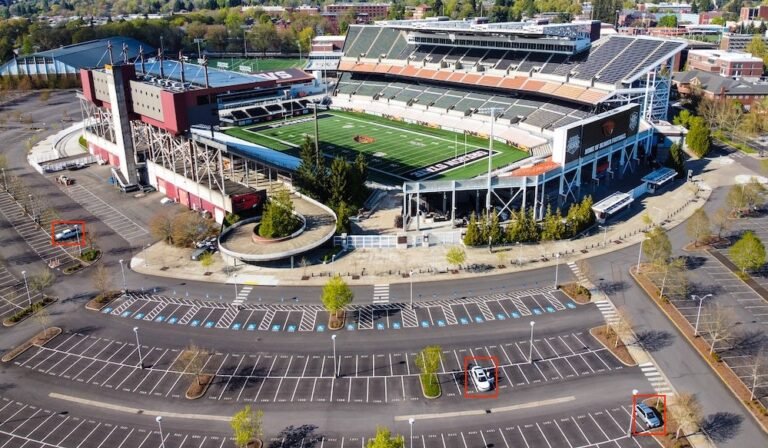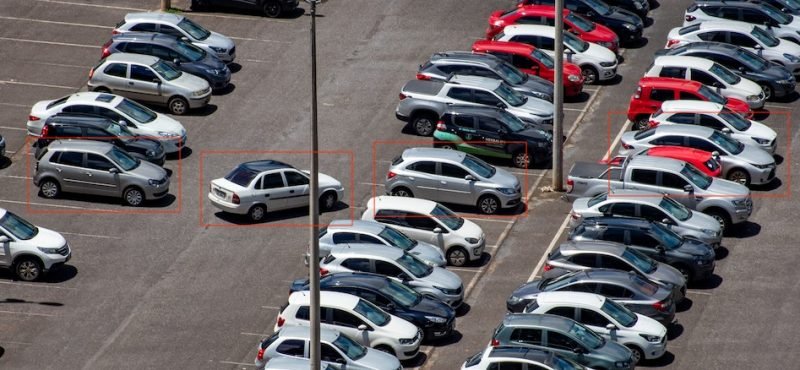
Challenge: at-home viewing experience of mass events like matches or concerts is in many ways better than live presence at the event venues:
The need for live experience is not dead, though. It still can beat the comfy living room for its uniqueness, all-sense stimulation and emotions.
But in order to successfully compete for the fan, event venues need to adapt to growing demands of the audience, by trying to improve their operations in the critical aspects. As labor cost remains a significant factor in the operations, the attention turns towards technology and automation.

All of the above technical solutions involve smart computer vision algorithms that are able to detect and classify objects on the live video stream and take actions based on the detection output.
The design and development of such a smart algorithm begins with setting up the scope: what objects need to be detected, in what environment we want to detect them, what are typical conditions and what extreme situations may occur. These questions help to frame up the expected solution and development process and allow for setting up the requirements for the algorithm to be trained. It is recommended to include a Machine Learning Specialist at the early stage of the solution design, as this is the time when detailed decisions are taken on preparation of the training dataset.
As the AI algorithm is only as good as the dataset it is fed with, decisions such as quantity and type of classes of objects to be detected, and the types of relevant attributes of the objects and the scenes may impact the quality of the final solution. In this stage, the experience and domain knowledge are a valuable asset that may save the costs and reduce time needed to develop a working application.

Our consultant will assist you to set up the project scope and requirements by discussing these aspects:
